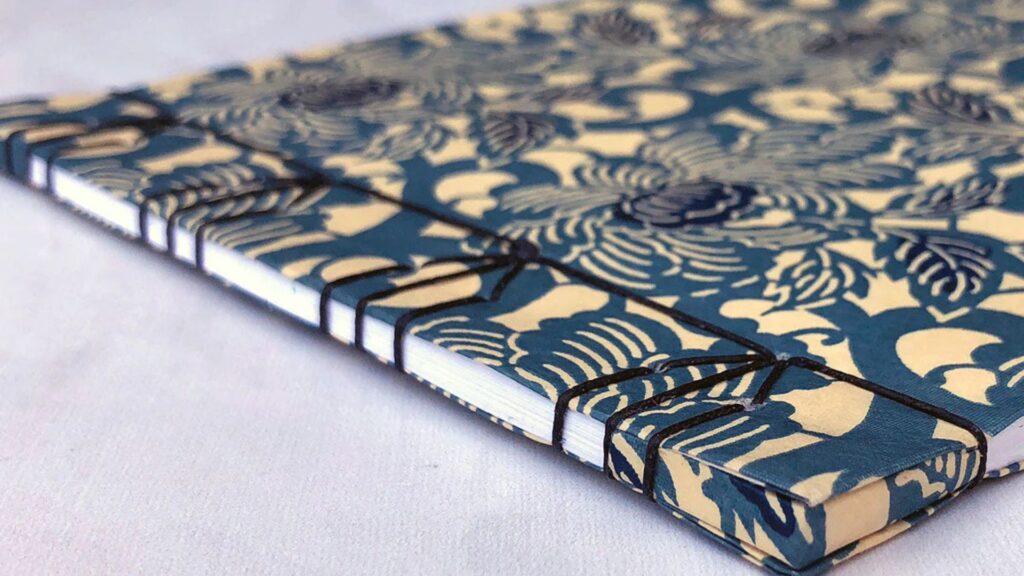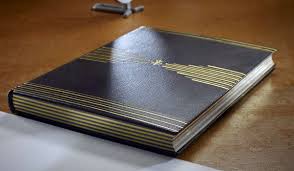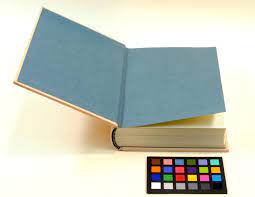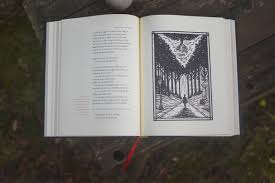
Japanese bookbinding, known for its elegance and simplicity, represents a rich tradition of craftsmanship that dates back over a thousand years. Unlike Western codex bindings, Japanese binding methods focus on functionality, aesthetics, and ease of production. These techniques have not only preserved Japan’s literary and artistic heritage but also influenced modern book artists, designers, and binders worldwide. This article explores the core Japanese binding styles, their historical significance, and their enduring global influence.

Origins of Japanese Bookbinding
Japanese bookbinding evolved from Chinese and Korean methods introduced during the 7th and 8th centuries. Early books in Japan took the form of scrolls and folded documents known as orihon, but over time, the sewn binding style—especially fukuro-toji (bound-pocket books)—became dominant.
By the Edo period (1603–1868), these binding methods were widely used to produce books on philosophy, literature, poetry, medicine, and religion. Japanese printers combined woodblock printing with hand-binding techniques, allowing for beautiful and efficient mass production.
Key Japanese Binding Styles
1. Fukuro-toji (Bound-Pocket Binding)
Fukuro-toji is the most iconic Japanese binding style. In this method, each sheet is folded in half, with the folded edge forming the book’s outer edge and the open ends stitched together at the spine. The folded pages reduce paper waste and add strength. Common stitching patterns include four-hole, noble (koki toji), and hemp-leaf (asa-no-ha) bindings.
This technique allows the book to lie flat when opened, making it ideal for writing, drawing, or display. Binders often use decorative thread and colored paper covers, giving each volume a distinct character.
2. Tetsuyoso (Multi-Section Binding)
Tetsuyoso involves sewing together several folded sections (signatures) and then gluing or tying them into a soft or hard cover. It closely resembles the Western codex format and was sometimes used for more formal or academic texts. This style provides extra durability and a more “book-like” spine.
3. Kansubon (Scroll Binding) and Orihon (Accordion Binding)
These early styles include scrolls and accordion-folded books. Though less common today, they laid the groundwork for more advanced formats. Orihon, in particular, is popular for displaying calligraphy or religious texts, as it allows for continuous visual flow while still being compact.
Materials and Aesthetics
Japanese bookbinders use washi (traditional handmade Japanese paper) known for its softness, strength, and durability. Covers often feature chiyogami—decorative patterned paper—or silk fabrics mounted onto cardboard.
Thread color, knot style, and stitching design are important aesthetic choices. Instead of hiding the stitching as in Western bindings, Japanese styles celebrate it, often making it a focal point of the book’s design.
Influence on Global Bookbinding and Design
Japanese binding styles began influencing Western artists and bookbinders in the 19th and 20th centuries. The Arts and Crafts Movement embraced their simplicity and handmade quality. Modern bookmakers, graphic designers, and hobbyists around the world use Japanese methods to create elegant notebooks, journals, photo albums, and artist books.
Designers appreciate the minimalism and functionality of Japanese bindings, which offer easy assembly without complex tools. In education, art schools frequently teach Japanese stitch binding as an introduction to book arts because of its accessibility and visual appeal.
Furthermore, Japanese techniques have influenced zines, independent publishing, and stationery design, promoting sustainable and creative approaches to book-making in the digital age.
Cultural and Symbolic Significance
Beyond practicality, Japanese bookbinding carries cultural symbolism. The act of binding is often seen as a form of meditation or mindfulness, reflecting the traditional Japanese value of harmony between form and function.
Conclusion
Japanese binding styles represent more than just a way to assemble pages—they are a testament to centuries of artistry, philosophy, and innovation. Their influence stretches far beyond Japan, inspiring contemporary creators to blend traditional techniques with modern aesthetics. As the world continues to rediscover the value of handmade objects, Japanese bookbinding remains a timeless craft that bridges the past and the present.





